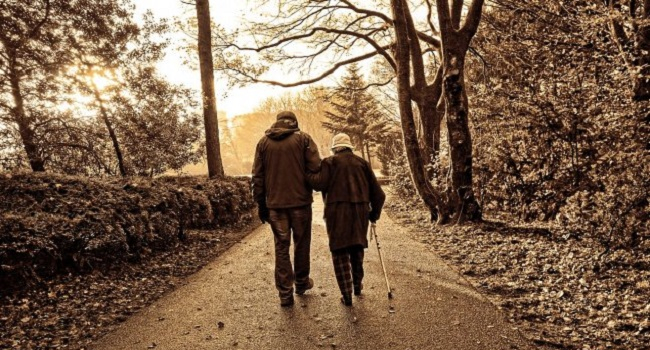Although forming healthy habits early in life may have some long-term benefits, physical activity can help the elderly as well, new research shows.
According to a new study, physically weak older adults with low muscle mass (sarcopenia) were able to reduce their “disability” by 22% in three years using a program that included specific changes in their habits and diet.
The formula for success was to incorporate extra walking as well as strength, flexibility and balance exercises into their daily routine. In addition, the program included increasing protein intake, according to a paper published recently in the journal BMJ.
The findings support the value of structured physical activity for older adults living independently, said the study’s author, Dr. Thomas Gill, professor of geriatric medicine at the Yale School of Medicine.
More than 1,500 men and women, with an average age of 79, from 16 clinical centers in 11 European countries participated in the study. About half of them were offered physical exercise. The rest, a control group, received monthly training in healthy aging.
Participants wore activity meters around their hips. They were all monitored for 36 months.
At the beginning of the study, almost half of the participants (47%) in the intervention group had mobility limitations, as did 53% of the control group. However, all of them could walk about two-tenths of a mile on their own.
According to the researchers, physical performance improved more in the group that received exercise than in the control group, both after 24 months and after 36 months.
In addition, women in the group that received exercise lost less muscle strength and mass after 24 months and after 36 months. No differences in muscle mass and strength were found in men.
According to Gill, an important way for society to make it possible for older people to walk more would be to remove barriers to community mobility. This includes creating safe walking areas with sheltered walkways or covered walkways.


